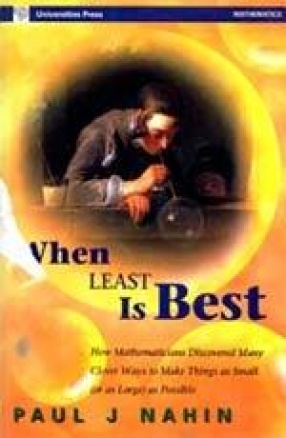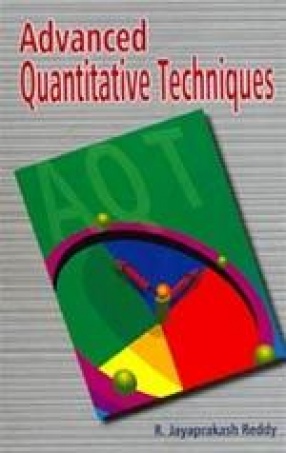What is the best way to photograph a speeding bullet? Why does light move through glass in the leat amount of time possible? How can lost hikers find their way out of a forest? What will rainbows look like in the future? Why do soap bubbles have a shape that gives them the least area? By combining the mathematical history of extrema with contemporary examples, Paul J. Nahin answers these intriguing questions and more inextremes-with values becoming as small (or as large) as possible-and how mathematicians over the centuries have struggled to calculate these problems of minima and maxima. From medieval writings to the development of modern calculus to the current field of optimization, Nahin tells the story of Dido’s problem, Fermat and Descartes, Torricelli, Bishop Berkeley, Goldschmidt, and more. Along the way, he explores how to build the shortest bridge possible between two towns, how to shop for garbage bags, how to vary speed during a race, and how to make the perfect basketball shot. Written in a conversational tone and requiring only an early undergraduate level of mathematical knowledge, When Least is Best is full of fascinating examples and ready-to-try-at-home experiments. This is the first book on optimization written for a wide audience, and math enthusiasts of all backgrounds will delight in its lively topics.
When Least is Best
In stock
Free & Quick Delivery Worldwide
Bibliographic information
Title
When Least is Best
Author
Edition
1st ed.
Publisher
ISBN
8173715106
Length
xviii+370p., Figures; Appendices; Index; 25cm.
Subjects





There are no reviews yet.